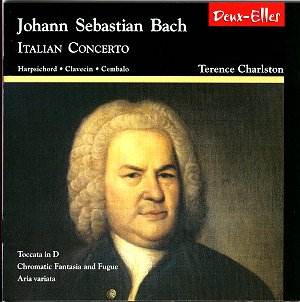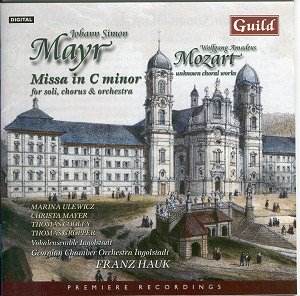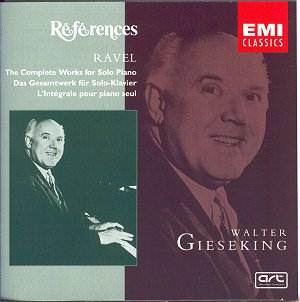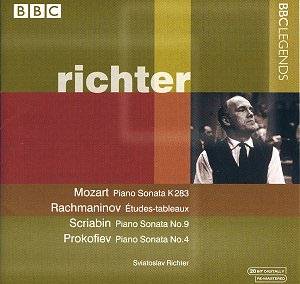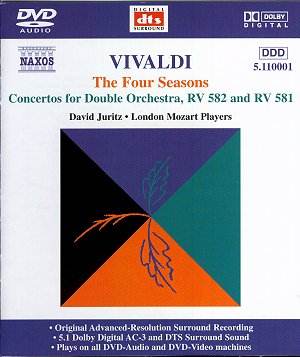 Composer: Antonio Vivaldi
Composer: Antonio Vivaldi
Works: The Four Seasons, Violin Concertos op.8 nos.1-4, RV269, 315, 293, 297; Concertos RV581 and 582
Performers: London Mozart Players, David Juritz (violin and director)
Recording: Recorded at the church of St Silas the Martyr, Chalk Farm, London, on 1 and 2 March 1999
Label: NAXOS
Antonio Vivaldi’s “The Four Seasons,” a cornerstone of the Baroque violin repertoire, continues to intrigue audiences with its vivid depiction of nature’s cyclical beauty. Composed in 1723, these concertos not only showcase the virtuosic demands placed upon the solo violin but also present a rich tapestry of musical imagery that reflects the changing seasons. In this NAXOS DVD release featuring the London Mozart Players under the direction of David Juritz, listeners are presented with a performance that attempts to balance historical authenticity with contemporary interpretative insights.
The London Mozart Players deliver a performance characterized by a commendable blend of energy and sensitivity. From the outset, the crisp articulation in the opening ritornello of Spring reveals a keen awareness of dynamic shading and phrasing. Juritz’s direction seems to underscore the ensemble’s collective virtuosity without overshadowing the individual voices, particularly evident in the seamless interplay between the first violin and the orchestral strings. The ensemble’s commitment to Baroque performance practice is notable; however, they do not fall into the trap of rigid adherence to historical conventions. Tempos are lively yet uncontroversial, allowing for a natural ebb and flow that enhances the music’s inherent drama.
Juritz’s interpretation of the violin solos brings forth an interesting dichotomy. His ornamentation in the slow movements—especially in Spring—demonstrates a thorough understanding of Baroque aesthetics, embellishing the melodic lines with tasteful flourishes that enliven the texture. Yet, this approach also leads to moments where his rhythmic choices verge on predictability, particularly during the Danza Pastorale finale of Spring, where his forthrightness appears to stifle the dance’s innate lilt. This highlights a missed opportunity for deeper tonal exploration; as the performance progresses, one may find an excess of straightforward articulation leading to a certain monotony.
The recording quality deserves particular mention. The sound engineering captures the ensemble with remarkable clarity, exposing the intricacies of Vivaldi’s orchestration. However, this precision can be a double-edged sword. Moments of technical slippage, such as staccato runs in the finale of Summer and a lapse in bow control in Autumn, are rendered starkly visible—an unfortunate consequence of the high-resolution recording that might go unnoticed in less scrupulous productions. The two additional concertos included as bonuses, while competently performed, lack the same level of engagement and inspiration found in “The Four Seasons.” Their simpler harmonic progressions do not provide the same musical thrill as the primary works, and the accompanying imagery seems to falter in capturing the essence of Vivaldi’s intent.
Overall, this DVD serves as a testament to the enduring appeal of Vivaldi’s masterpieces. The London Mozart Players, led by David Juritz, provide a performance that balances energy with meticulous attention to detail, though moments of interpretative restraint limit the potential for emotional depth. While there are missteps in execution and interpretation, the essential charm and vivacity of “The Four Seasons” remain intact, making this recording a valuable addition to the Vivaldi discography, especially for those new to the repertoire or seeking a fresh perspective on familiar works.
